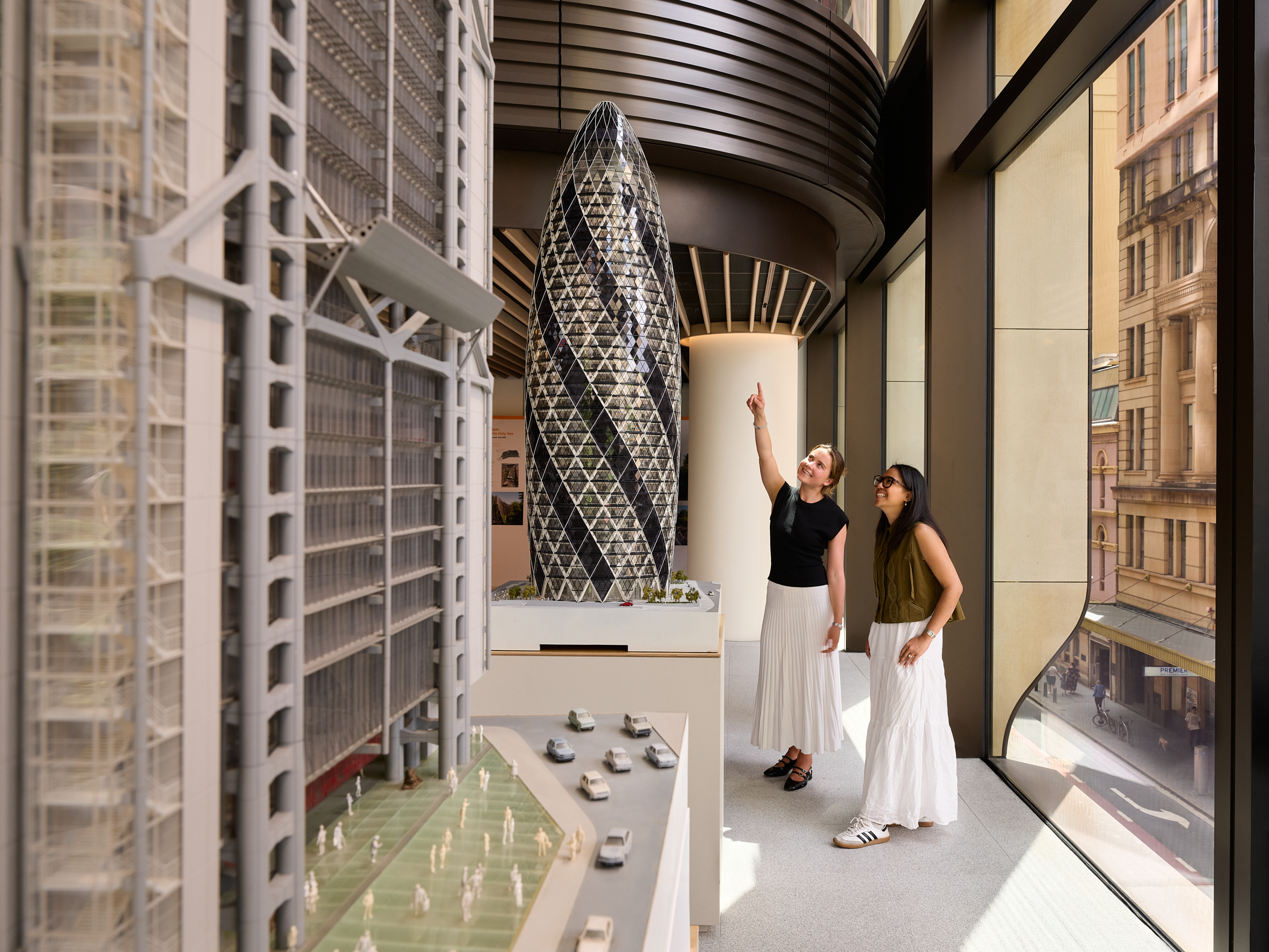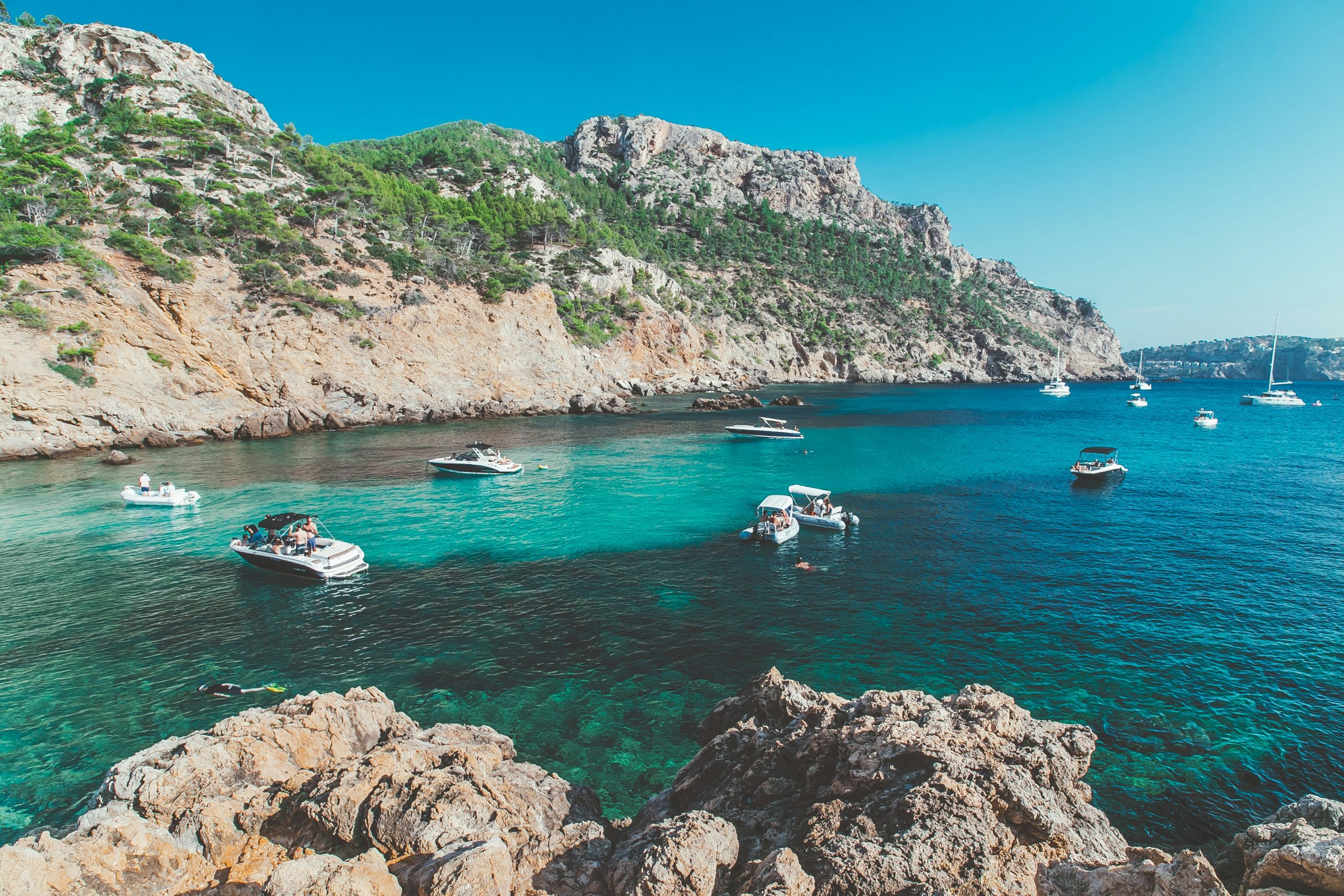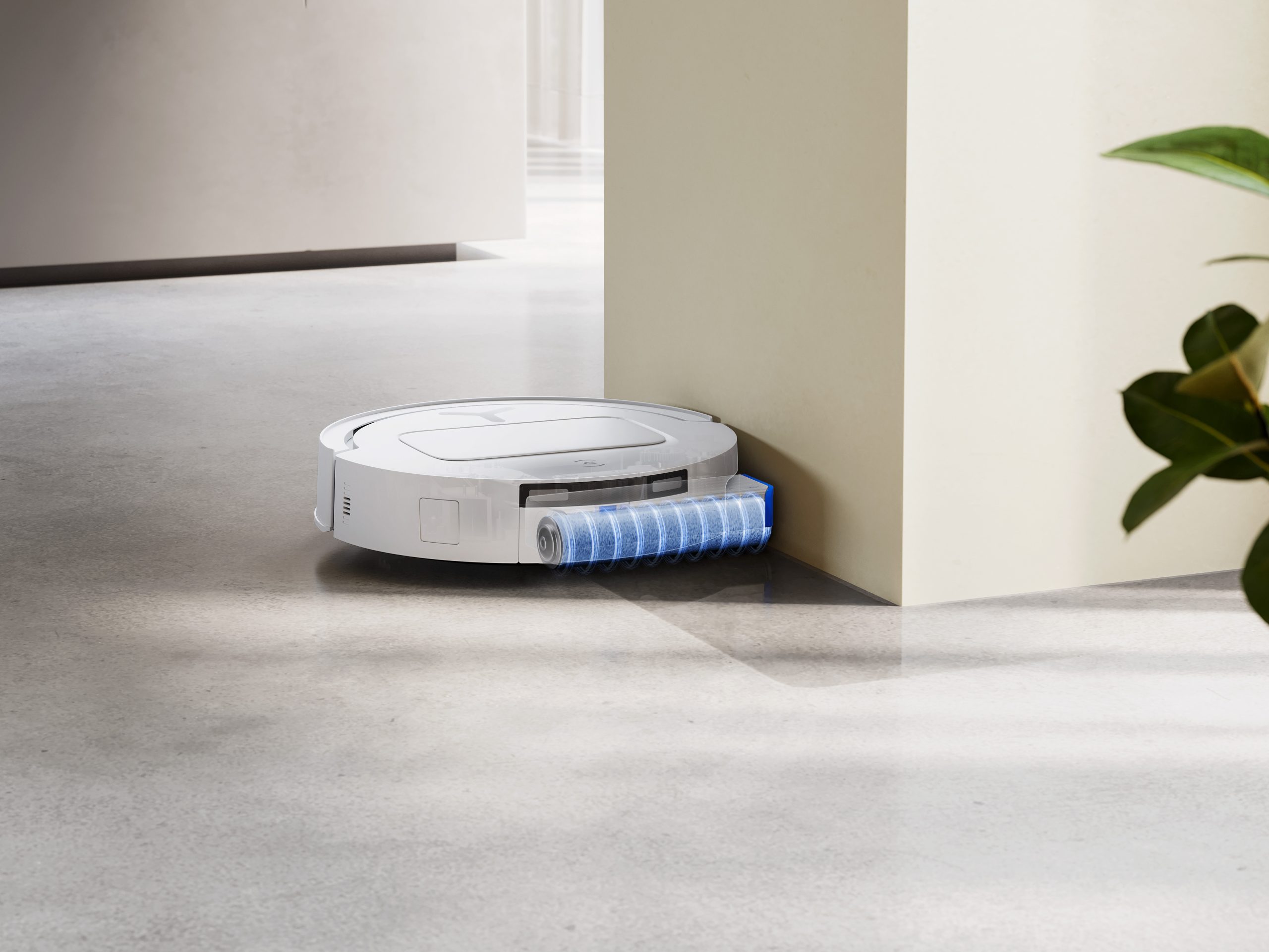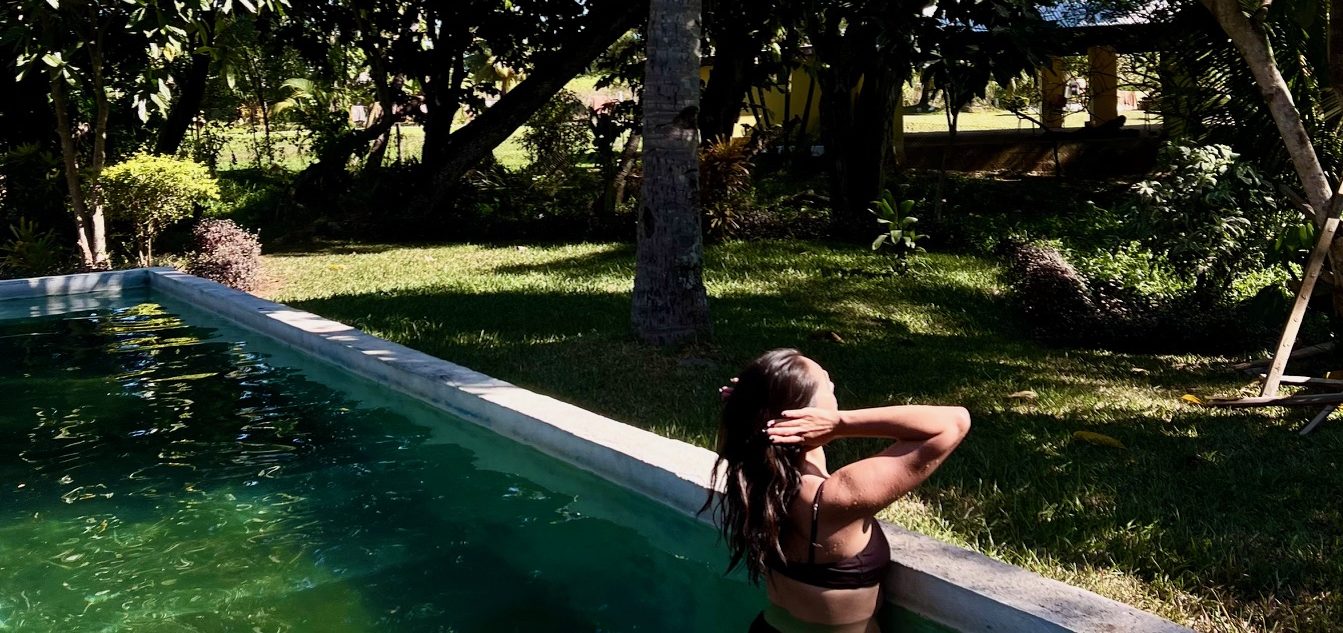HOW TO DEFINE YOUR HOME DESIGN STYLE WITH CONFIDENCE
From colour to texture to what’s beneath the surface, here’s how to create a home that looks great and works for your lifestyle.
Whether you’re building from scratch or renovating, locking in a cohesive design style can be one of the trickiest – and most rewarding – parts of the process. It’s not just about looks; it’s about making choices that suit your lifestyle, climate, and long-term comfort.
New resources from building experts, including a detailed style guide by CSR with inspiration from brands such as Bradford, Hebel, Monier, Cemintel, and PGH, are helping homeowners better understand the connection between materials, performance, and aesthetics.
Here are five key elements to consider when defining your home’s style and getting it right from the start.
1. Start with Style
Understanding your overall aesthetic—whether it’s Classic, Coastal, barnhouse, Industrial, or something in between—makes every other decision easier. It affects everything from the roofline to your cladding choice. For example, a Contemporary home often features clean lines and subtle contrasts, while an Industrial style leans toward bold materials and darker colours.
2. Make Colour Count
The right colour palette doesn’t just change how a home looks – it transforms how it feels. Neutral tones like soft greys and crisp whites work well in breezy, coastal designs, while dark charcoals and blacks add drama to modern or industrial exteriors. Rich browns and terracotta tones are gaining traction too, particularly for homes that aim to blend into natural surroundings.
3. Layer in Texture
Texture is one of the most underrated tools in exterior design. Think rough brick next to smooth cladding, or timber detailing beside rendered walls. Using materials with different surfaces can highlight key architectural features and add interest to otherwise flat façades. It’s also an easy way to bring character to newer builds.
4. Don’t Overlook the Invisible
Good design doesn’t stop at what you can see. The hidden layers – insulation, wall wraps, roof sarking – are critical in how liveable and energy-efficient your home is. These are choices that are often hard to change later, so it pays to get them right from the outset.
5. Think Beyond the Walls
Landscaping is more than just a finishing touch. The right mix of plants, materials and pathways can enhance your home’s style and create a seamless indoor-outdoor connection. Match fencing and garden materials to your architectural choices for a polished, intentional feel – and make sure your outdoor areas are as functional as they are beautiful.
Records keep falling in 2025 as harbourfront, beachfront and blue-chip estates crowd the top of the market.
A divide has opened in the tech job market between those with artificial-intelligence skills and everyone else.
The global architecture studio behind some of Sydney’s most recognisable towers unveils Civic Vision, its first Australian exhibition, celebrating more than five decades of design shaping cities worldwide.
Foster + Partners has opened its first comprehensive exhibition in Australia, Civic Vision, showcasing more than five decades of the practice’s global architectural work.
Staged inside Parkline Place, the studio’s latest Sydney project developed by Investa on behalf of Oxford Properties Group and Mitsubishi Estate Asia, the exhibition highlights the firm’s contribution to civic architecture, urban environments and infrastructure.
Gerard Evenden, Head of Studio at Foster + Partners, said: “We are delighted to be putting on this first-of-its-kind exhibition in Sydney – a city we have been working in for more than 25 years. This is a fantastic opportunity to reflect on our holistic approach to civic architecture, which has underpinned our work since the 1960s, and continues to evolve to meet the challenges of today.”
Partner Muir Livingstone added: “It is a great privilege to showcase the practice’s work in Parkline Place – a project that we have been working on for the past six years – and the new home for our Sydney studio.
“Our projects in the city exemplify the civic and sustainable approach that the exhibition centres on. From our first Sydney project, Deutsche Bank Place, which features a four-storey public plaza at its base, to our work for Sydney Metro, which is transforming the way thousands of people travel across the city.”
The exhibition is organised around three themes – Community + Culture, Living + Working, and Planning + Mobility – and features Australian projects including Deutsche Bank Place, Salesforce Tower and Parkline Place, alongside international works such as the Hong Kong and Shanghai Bank Headquarters, the Reichstag German Parliament, and the soon-to-open Zayed National Museum in Abu Dhabi.
Since the 1960s, Foster + Partners has expanded its approach beyond technological innovation to encompass social and environmental design, producing masterplans for carbon-neutral cities and civic infrastructure that prioritise light, clarity and connection.
Civic Vision runs until 21 December on Level 2 of Parkline Place, 252 Pitt Street, Sydney. Entry is free and forms part of the Sydney Open festival program.
A bold new era for Australian luxury: MAISON de SABRÉ launches The Palais, a flagship handbag eight years in the making.
From mud baths to herbal massages, Fiji’s heat rituals turned one winter escape into a soul-deep reset.



















